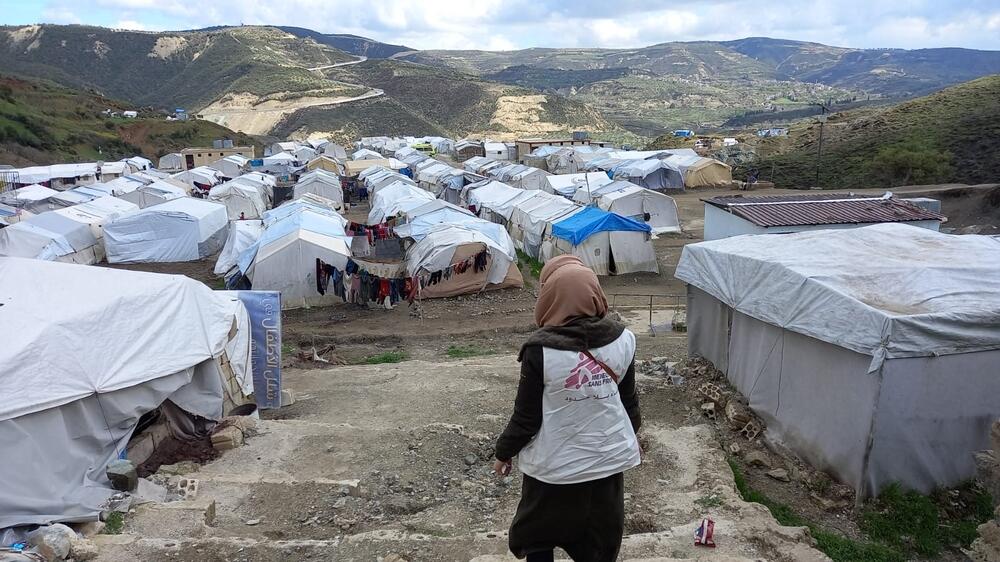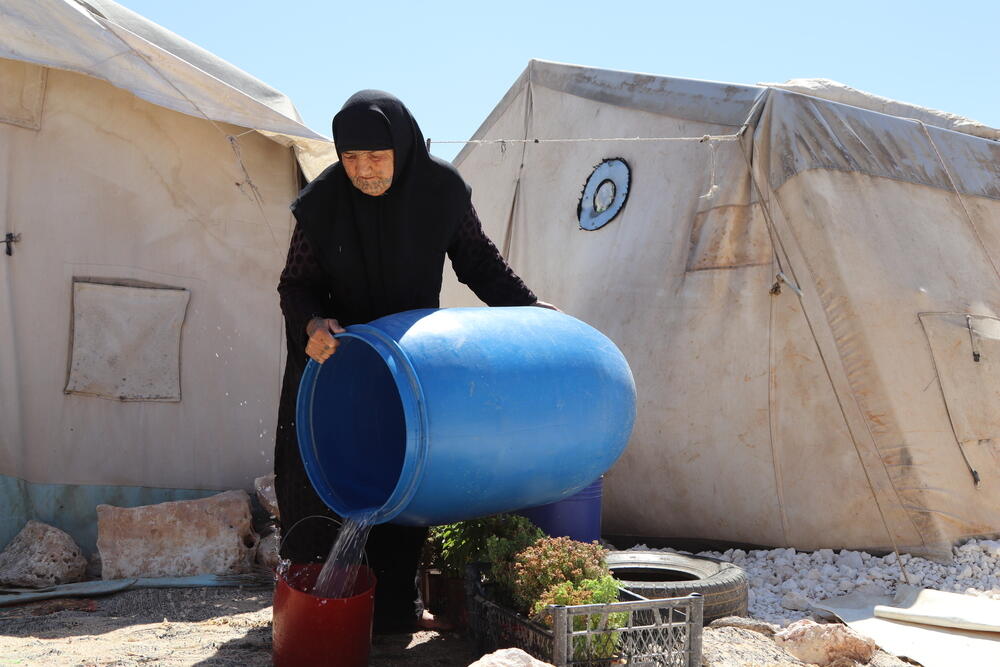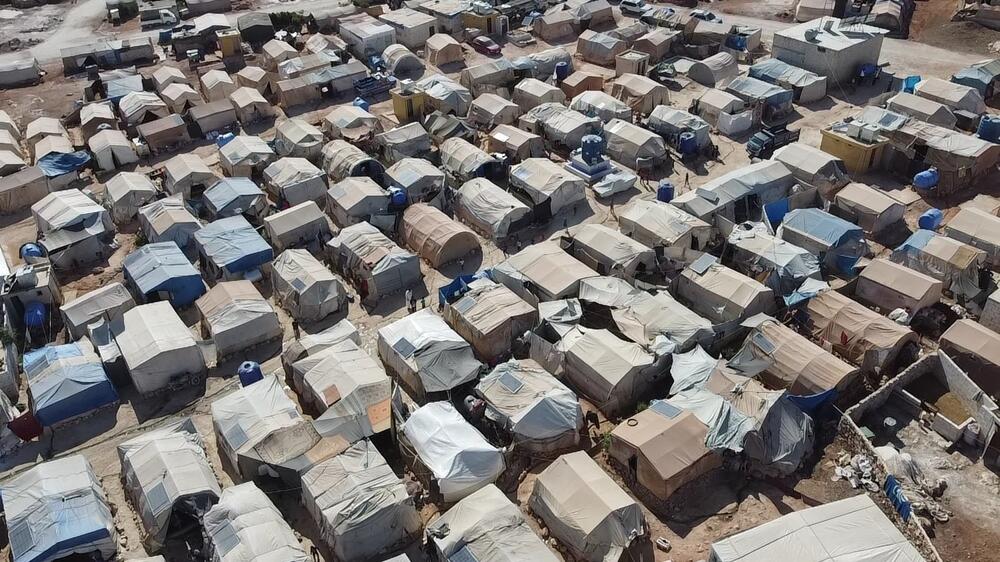After 15 years, Cholera appears again in Syria
19 October 2022
Since September 2022, parts of Syria including northeast Syria (NES) and northwest Syria (NWS) have been facing a major cholera outbreak. First linked to the contaminated water near the Euphrates River and the severe water shortage in the north of Syria, the outbreak has now spread across the country, and more than 13,000 suspected cases have been reported, including 60 deaths.
According to Raqqa National Hospital, this is the first-time cholera has been confirmed in NES since 2007.
In partnership with local health authorities, MSF is responding to the outbreak, including providing support to a 40-bed cholera treatment centre (CTC) in Raqqa, with a recently increased capacity of 65 beds. Within the first two weeks, almost 600 patients were admitted, of which a third were severely ill and another third were treated as outpatients.
Extremely contagious, cholera is caused by ingesting bacteria of faecal origin – Vibrio cholerae – found in dirty or stagnant water. Causing diarrhoea and vomiting, cholera leads to rapid dehydration and, without prompt care, can kill within hours.
Staff and supply have been increased and MSF is working together with other local organisations supporting water and sanitation, including the chlorination of water trucks, water quality assurance, and supporting wastewater stations with chlorination processes. Epidemiological data is being used to identify areas in Raqqa that are more affected than others in order to identify priority areas for support. Assessments have also started in Hassakeh. Although people there are not dependent on the Euphrates River, water comes from boreholes and is distributed into the communities by water trucks. Yet access to clean water can still be difficult as it is possible for a water truck to unwittingly source contaminated water.
Across NES and NWS, local and international humanitarian organisations are trying to fill the gaps and respond to the many needs, but the overall accessibility to sufficient and clean water remains a concerning issue. In 2021, water, sanitation and hygiene (WASH) operations represented only four per cent of the entire humanitarian response budget for the whole of Syria, which is less than one-third of what was spent in 2020 for the same activities.
As it has been 15 years since the last cholera outbreak in Syria, awareness raising about how it spreads, and how to treat it, is essential.
This is why a group of community workers in Raqqa, now working in the CTC, are meeting with patients and their families, discussing how to prevent the spread of cholera, and answering their questions. Their message is that even if access to clean water and sanitation infrastructure remains challenging in NES and NWS, there are several simple and effective measures that people can take to protect themselves. The community workers explain the importance of handwashing before and after meals, and of washing and cooking fruit and vegetables at a high temperature to kill any bacteria. They also explain how to recognise the early symptoms of cholera, and what to do if they suspect that they or a family member has caught the disease.



